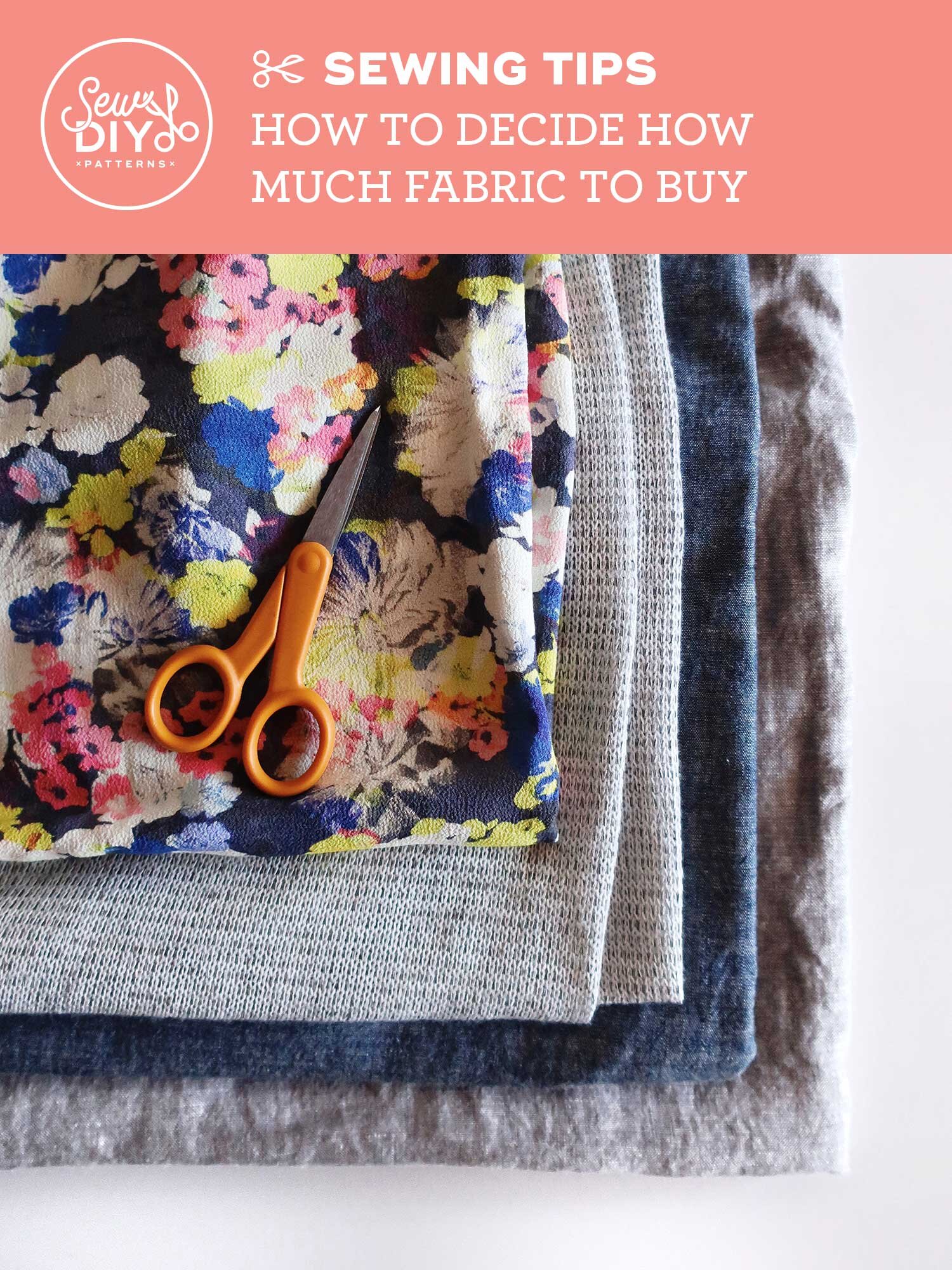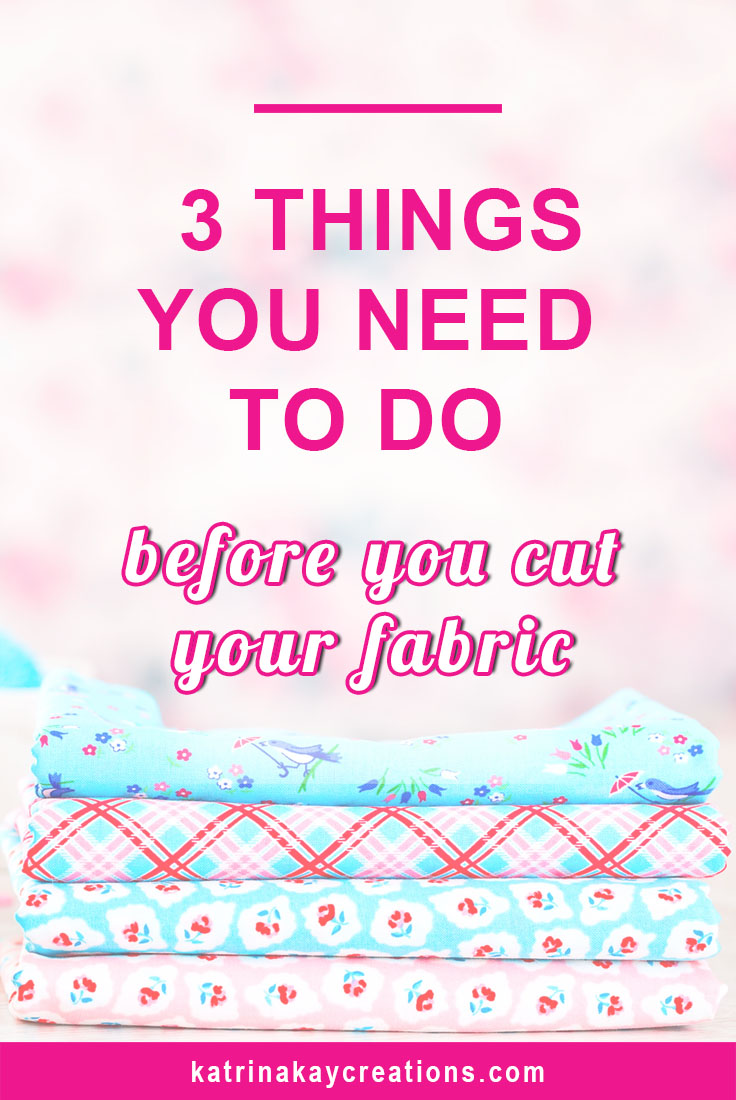How All 4 Way Stretch Fabrics can Save You Time, Stress, and Money.
How All 4 Way Stretch Fabrics can Save You Time, Stress, and Money.
Blog Article
Top Guidelines Of All 4 Way Stretch Fabrics
Table of ContentsAll 4 Way Stretch Fabrics - TruthsNot known Factual Statements About All 4 Way Stretch Fabrics The 2-Minute Rule for All 4 Way Stretch FabricsLittle Known Questions About All 4 Way Stretch Fabrics.Some Known Details About All 4 Way Stretch Fabrics
You can discover more about grain and grainline of material right here. The material weight hinges on lots of aspects like the weave, fiber kind, and so on and is typically denoted by GSM. GSM can vary from 60 -700; 700 being the GSM of very top quality woolen fabric. A denim material has a GSM of 400, depending on the weave.One thing you have to maintain in mind is that greater fabric weight does not signify higher textile high quality. You can not choose high textile weight fabric jeans for a lightweight drifting serape.
In a nutshell, the most vital criteria to look for in the material you buy are as complies with. The number of threads per inch of material (yarns-per-inch).
This is very crucial in any material. In top notch material, this equilibrium (either in numbers or in size) will constantly be kept. Processes used on material to boost appearance and performance. woven stretch fabric. The fibers that are woven to make the textile will either be as a solitary hair or will certainly be formed by integrating 2 yarns (turned).
What Does All 4 Way Stretch Fabrics Do?
A two-ply yarn is superior to a single-ply yarn.

If you are getting all set to begin a new sewing project, picking a material will be the most essential action once you choose what you intend to make. After you've gone to all the trouble and expense of buying the sewing equipment you enjoy, a pattern you love, and a textile you love, you desire the completed item to be a success, right? One method to complete that is to start by making sure your material is genuinely best for the project.
Just how do you recognize which textile will provide you the best outcome? Picking a fabric simply because you enjoy the print or design on it isn't always the finest approach.
In order to avoid doing a whole job for essentially nothing, we've put together some suggestions to aid you make a decision which fabric is appropriate for your job. Allow's claim you already have a task in mind; how do you find the ideal fabric for it?
Not known Facts About All 4 Way Stretch Fabrics
Believe of the attributes you desire the finished product to have. If garments, will it be fitted or loosened? Dressy or day-to-day? For cozy weather or cold? Do you want a solid color or a print? If you are making a non-wearable product such as a pillow cover or potholder, make use of a strong fabric such as canvas.
There is a lot information out there about fabrics, their qualities, and their uses, it might obtain to be frustrating! Don't try to take it in all at when; simply start with the job at hand. Learn all you can regarding the material you utilize for this one job.
Likewise, keep a record of ones you do use, with all the significant realities regarding them. Include little swatches for referral. There will come a time when you'll be delighted you mosted likely to the problem to do so. You will certainly have your very own little library of information to surf when you begin each brand-new project.
If you're starting with a pattern that you important source know you wish to make, a lot of the time the pattern will certainly inform you which kind of textile will certainly work best for that patternor at the very least offer you standards. Remember that the standards are there for a reason; take notice of them! You can make your very own decision and do your very own thing, yet you may end up needing to remodel it if it does not go so well.
The Main Principles Of All 4 Way Stretch Fabrics
If you're a sewing newbie, begin with cotton, such as you would locate in the quilting area of a textile store. Cotton is by far one of the most versatile and easiest textile to deal with, and almost anything can be made with cotton. Be certain to wash it first, considering that it does reduce.
Pick a product of garments to make, or a craft projectjust avoid things that require to be stretchy (knits) or upholstery-type jobs (heavy, long lasting textiles). Woven cotton, materials that are very easy to take care of are flannel, non-flimsy woven silks, and wool or wool blends. Stay clear of anything with a nap, such as velvet or fake fur, and prevent slippery or sheer textiles.
You will be proud of the completed job instead of distressed with time and products lost. We can assist you discover brand-new methods or influence you to get begun, assisting you with any project you 'd such as to complete.
Likewise, keep a record of ones you do make use of, with all the important realities concerning them. Consist of little swatches for reference. There will certainly come a time when you'll rejoice you went to the difficulty to do so. You will certainly have your very own little library of details to surf when you begin each brand-new project.
More About All 4 Way Stretch Fabrics

If you're a sewing novice, begin with cotton, such as you would locate in the quilting area of a fabric shop (denim stretch fabric). Cotton is without a doubt the most functional and easiest textile to collaborate with, and virtually anything can be made with cotton. Make sure to clean it first, since it does diminish
Select a product of clothing to make, or a craft projectjust prevent points that require to be stretchy (knits) or upholstery-type tasks (heavy, long lasting textiles). Woven cotton, materials that are very easy to handle are flannel, non-flimsy woven silks, and wool or woollen blends. Avoid anything with a nap, such as velour or fake hair, and avoid slippery or large textiles.

Report this page